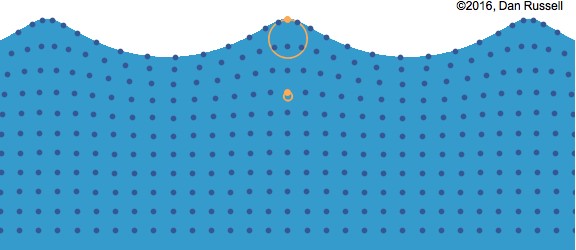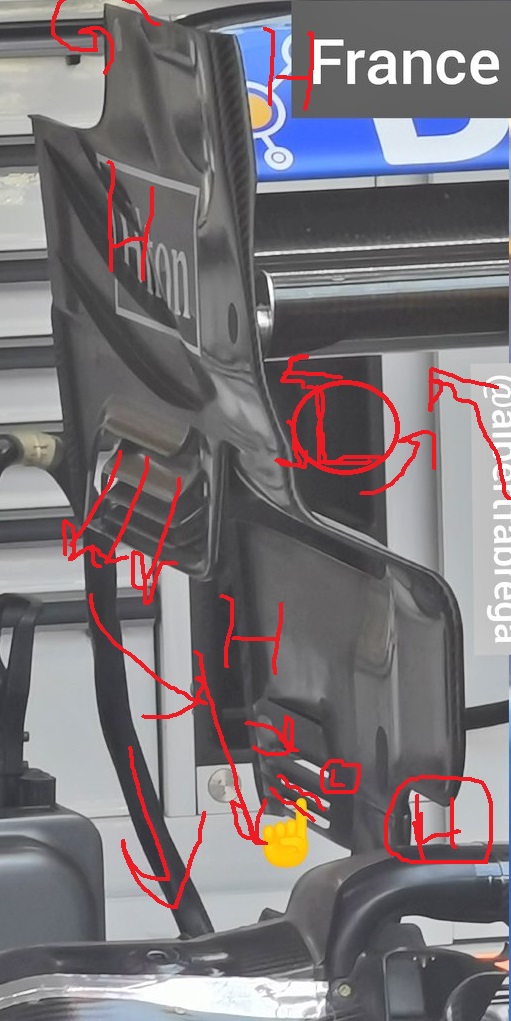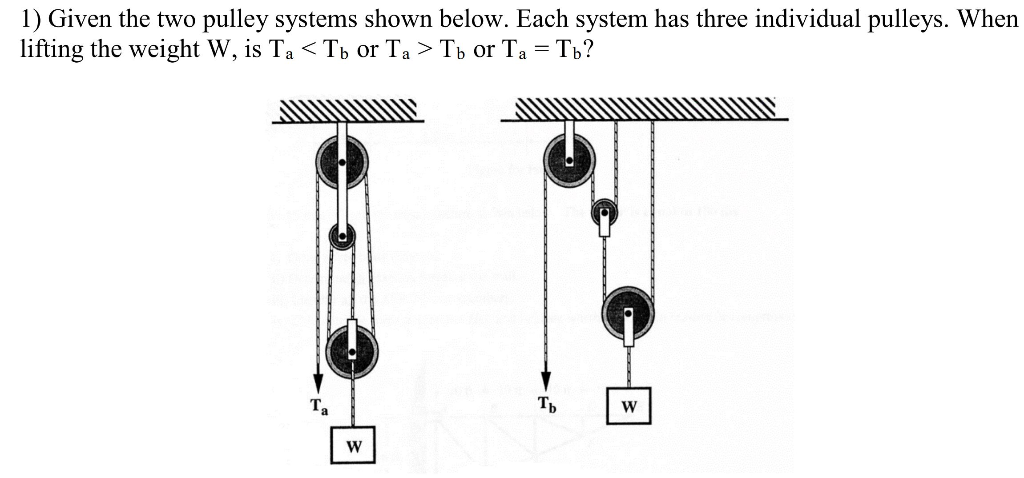Yes it is my friend, if you were here I would take you for a drive and show you physically.Tommy Cookers wrote: ↑17 Jun 2021, 13:50sorry but I think this is just .... wronggodlameroso wrote: ↑17 Jun 2021, 12:42.... soft damper settings to speed up the weight transfer.
Dampers control timing of the spring rate. Stiff dampers resist motion soft dampers allow it. So in order to speed up weight transfer you need soft dampers. To slow it down you stiffen.
the weight transfer is essentially independent of the routes taken by the forces between the CG and the wheels
weight transfer and body attitude aren't the same thing
using differential damper forces to adjust body attitude 'on the fly' isn't essentially a weight transfer matter
anyone ?
The Miata and S2000 are great cars for learning how to drive with weight transfer and left foot braking because both cars are 50:50 weight distribution and being convertibles have very strong and rigid center lines. This communicates momentum to the driver in a very intimate way.
The S2000 is known for it's X-bone frame, because of this and the dull electronic power steering, you are forced to listen to the chassis to know the limits. Because of this, over time with practice, you start becoming aware of how the car rolling, and nose diving and the rear lifting, and the effects of slip angle, throttle, and braking are so closely related.
I'll give you an example, turn 13 in Sebring, before left foot braking, I would brake in a straight line for the corner, lift to unload the rear differential(torsen type) turn then hold the gas through the corner. After left foot braking, I would brake earlier, but more gently, I noticed as I held the brake longer but more gently I could load the front left tire more effectively, as well as prevent the rear inside right from losing grip(it would do so because I like to run stiff rear rebound). The result was 4 tenths on that corner alone, by changing my driving technique I shaved nearly a second from my best time, and I didn't even have to graze the wall on turn 1 like I did on my previous best. In fact I was down .3 after turn 3, but gained it all back from turn 7 on.





